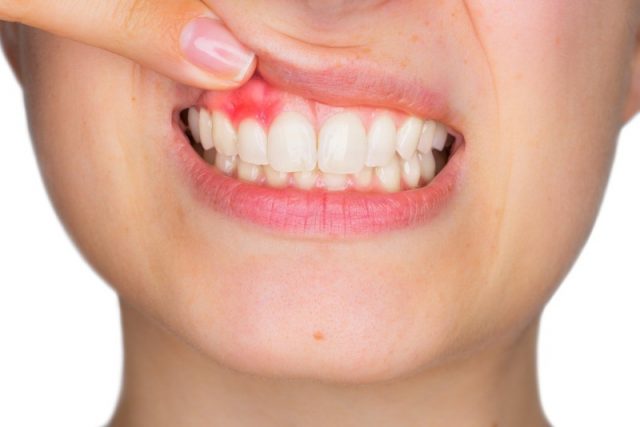Periodontal disease is a serious bacterial infection that can lead to tooth loss and other dental complications. This chronic inflammatory condition usually occurs in people ages 35-45, but it’s not unheard of for young adults or even children to have this condition. It’s important to know the signs and symptoms of periodontal disease in order to prevent these negative consequences from happening. Moreover, make sure you consult an experienced dentist in Columbia, SC, to cure the condition completely.
If not treated early and efficiently, periodontal diseases can lead to tooth loss, bad breath, and problems with chewing or speaking. The most common cause of the periodontal disease is plaque buildup that accumulates on the surfaces of the teeth near the gum line.
Symptoms of Periodontal Disease
A growing number of people are suffering from periodontal disease. The symptoms of periodontal disease include tooth sensitivity, bleeding, sores on the gums, or bad breath. If these symptoms persist or worsen, it is important to see a dentist. However, some people may not be aware of the condition until they visit their dentist for another issue. A dentist can help diagnose and treat the problem before more serious health problems develop.
Periodontal disease can actually be prevented with routine dental visits and brushing and flossing at home. If left untreated, periodontal disease can lead to inflammation of the gums and bone loss, which may eventually necessitate an extraction.
The major symptoms of periodontal disease include:
- Loose teeth
- Bleeding gums
- Bad breath
- New spacing between teeth
- Receding gums
- Pus between teeth and gums
- Red and puffy gums
- Tenderness of gums
Treatment of Periodontal Disease
It’s important to take care of your teeth if you want to avoid complications. Oral bacteria can cause infections that could lead to inflammation, pain, and tooth loss. To protect your teeth against infection, brush them at least twice a day with fluoride toothpaste, floss at least once a day, and see your dentist annually or as soon as any signs of periodontal disease appear.
The treatment of periodontal disease is mainly dependent on how severe the infection is. Your dentists evaluate the condition, identify the stage, and then prescribe the treatment accordingly. If you are in the initial stages of periodontal disease, then the dentist will mostly recommend two sets of cleanings and might ask you to improve your oral hygiene routine. Whereas, deep cleaning might be required if you are in the advanced stages of the disease. In some cases, surgeries might also be required if the condition is very advanced and deep cleaning is not showing any results.










